Choosing a lens for your camera

Choosing a lens for a camera is a tricky business, especially for beginners and inexperienced photographers. There is a lot of information and nuances, it is rather difficult to study everything, because as a result, something can be ignored and missed. We will talk in this article about how to learn to understand the technical characteristics and determine whether a part is suitable for the camera or not.


What it is?
The main mechanism in a camera device is a lens, a system consisting of several lenses. It is not a matrix, as many users think, but a lens. With the help of this unit, a photographic image is formed on a light-sensitive material. And the matrix is an element for converting the resulting image into digital form.
A person involved in photography does not need to be an expert in optics, but a minimal knowledge of the camera lens will only help in creative development and make the process of creating a photo conscious.
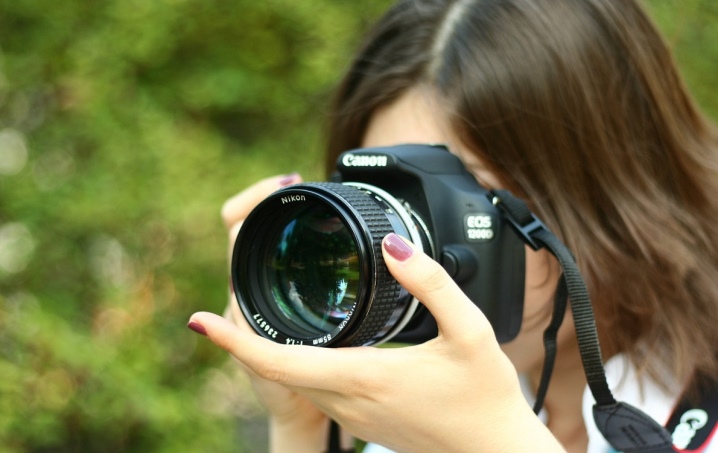
The main task of a lens for a camera is to collect light from an object where the shooting takes place, and focus it on the matrix or film of the camera. A biconvex lens can cope with such a task, but the quality of the resulting image will not be the best due to the aberration of the optical system. Aberration is an error or deviation, that is, a ray that was supposed to travel along a certain trajectory is shifted.
In order to obtain photographs of acceptable quality, the optical design is complemented by lenses that correct the flow of light. They correct all aberrations, and the lens has the desired properties. In new improved lenses, the number of optical elements can sometimes exceed two dozen, these units are combined into groups, and together they function as one collecting structure.

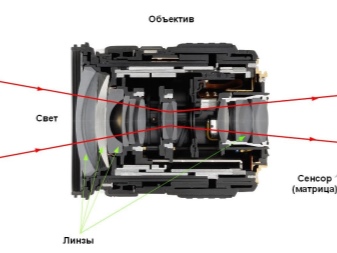
In addition to lenses, the design of the optical unit consists of additional mechanisms for changing the focus distance, for controlling the sharpness and aperture, and so on.
All components of the lens are connected into one whole - the body, it also acts as a fastener to the camera.
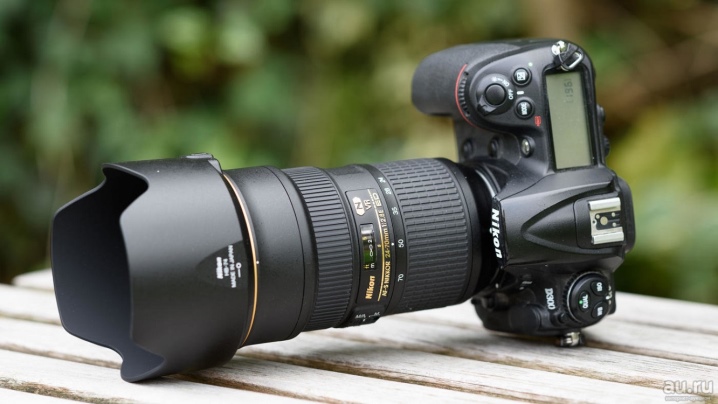
Important characteristics
The photo lens is an important part of the camera, without it you will not be able to take a photo. The perception of the scene depends on its description of the main characteristics - which part will be visible and recorded, and which will remain behind the scenes. All lenses are divided into 2 types according to their focal length characteristics:
- with variable focus - zoom lenses;
- with constant focus - fixes.
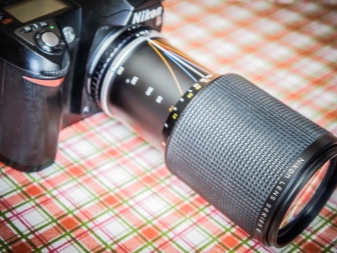
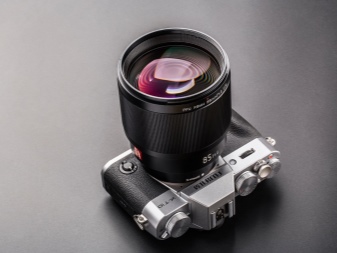
Diaphragm
With its help, the photographer controls the flow of light that passes through the photo lens. The diaphragm is a septum consisting of movable lamellae blades, their number can vary from 5 to 9. These petals form a circular hole, the size of the diameter of which changes, and, depending on the task, controls the flow of light into the camera. The movement of the lamellas occurs due to a special spring or drive.
The aperture has 2 important functions - it controls the exposure and controls the depth of field. The f-number is the light transmission characteristic of the lens, it consists in the ratio of the aperture diameter to the focal length.
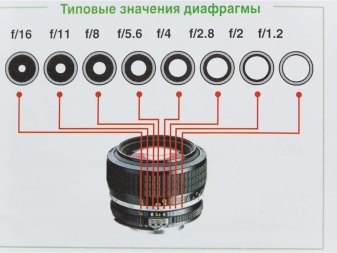
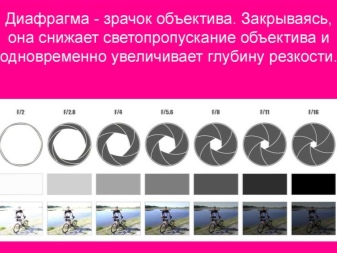
As an example, consider a lens with a focus of 200 mm and an aperture of 50 mm, their ratio is calculated as follows - 200: 50 = 4. The resulting number is designated f / 4, that is, the size of the diaphragm diameter is 4 times less than the focal length. If the diameter is reduced to 20 millimeters, the aperture value will be 200: 20 = 10. Accordingly, by decreasing the hole diameter, the user gets a larger aperture number.
Aperture is the minimum aperture value. Many modern photographic lenses have a “blinking” or “jumping” aperture. It functions independently of the set aperture value. The aperture remains open until the start of shooting, and after the shutter is released, it closes to the specified value. After one shot, the diaphragm returns to its original open position.
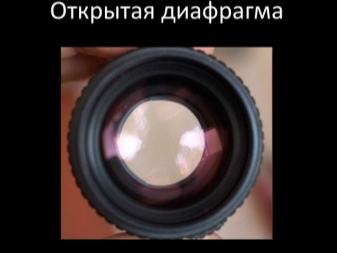
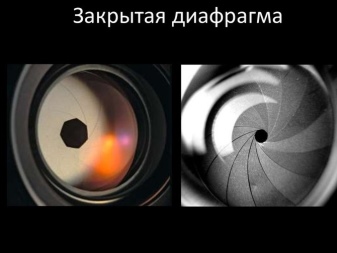
Focusing
At the standard start position, the lens is focused at infinity. To focus the lens on a specific object located closer, you need to increase the distance from the rear surface of the lens to the surface of the matrix, that is, the lens should protrude towards the object during shooting.
In lenses with a simplified arrangement, sharpness is controlled by moving the entire optical system inside the lens.
In some devices, only the front lens can move, sometimes it becomes more complicated if it moves when focusing.
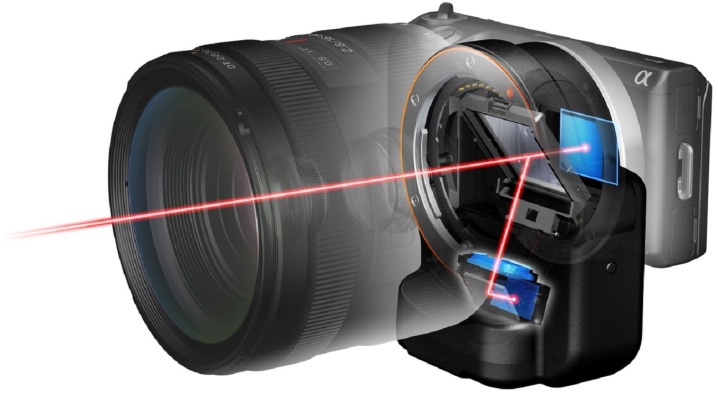
Some lenses with a complex system have internal focusing. In this design, the optical center is shifted due to the movement of the lens group inside the equipment, while the external parameters remain unchanged.
Modern lenses are equipped with an automatic focus adjustment system. In the body of the photo lens there is a built-in sound or stepping motor - it moves the lens system responsible for focusing.
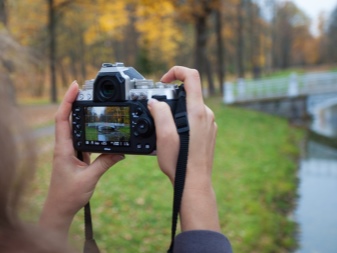
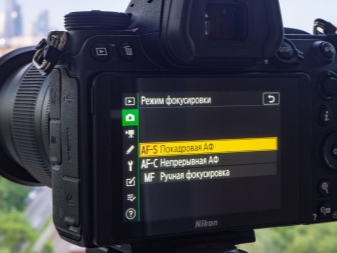
Zoom lenses
Zoom is a variable focus lens. Their design is much more complicated than a simple discrete (discrete - constant focus) photographic lens. Here, with the help of additional functions, the optical elements move and change not only the focal length, but also change the resulting optical errors.
The magnification of a zoom lens is the ratio of maximum focus to minimum. For example, for a lens with values of 24-70 millimeters, the magnification will be approximately equal to 70: 24 = 3. A lens with this value is called “3x zoom”.

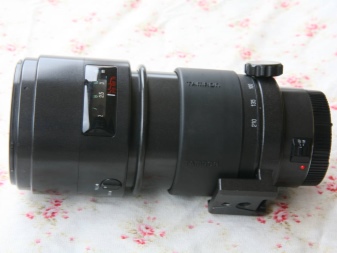
Optical stabilizer
The Optical Stabilizer is designed to compensate for camera vibration, so the picture will not be blurry. Stabilization occurs due to a special drive that drives one of the lenses.
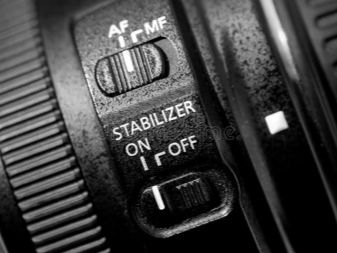

Light filters
It is possible to use light filters with almost all lenses. Usually, they are mounted on the front panel of the lens; for this, there is a special thread in the lens barrel. However, if the front lens has a large enough size or bulge, it becomes difficult to use such filters. Therefore, the thread may simply be absent.

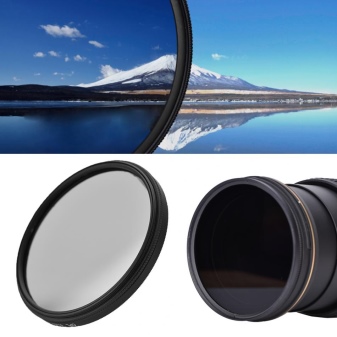
There are 2 ways out of this situation.
- Super telephoto lens - it is equipped with a special clip that extends. A light filter with a small diameter is installed in it, and then the entire structure is inserted into the lens.
- Since some lenses are not designed to use glass filtersc, they have special clips on the back surface for plastic elements.
By using these types of filters, protection for the front main lens is eliminated. Therefore, the photographer must be extremely careful to protect the device from scratches and dust.

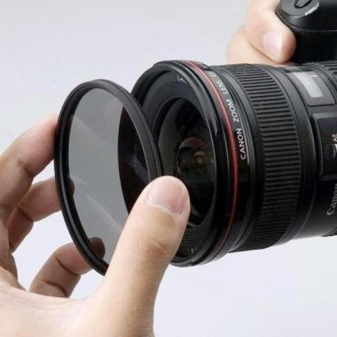
Bayonet
Most lenses attach to the camera using a bayonet mount. On the rear side of the lens there are special petals, according to the standard there are usually 3. On the camera there are grooves corresponding to these petals.
If we compare the connecting element with a thread, then the bayonet has 2 big advantages:
- changing the photo lens, if necessary, will be faster;
- the position of the lens in relation to the camera will be more accurate - this is necessary for the correct connection of the contacts.
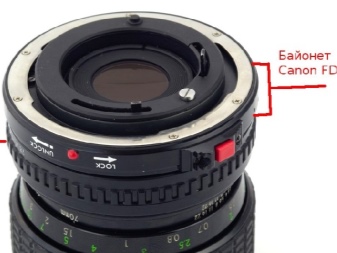
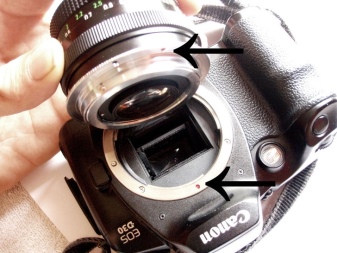
In addition to the main function of attaching to the camera, the bayonet is also responsible for the connection between the photo lens and the camera. Thanks to him, the coordinated work of the rest of the mechanisms takes place.
Another important connection characteristic is the flange distance, the distance from the reference or rear surface of the lens to the camera sensor. Its length directly depends on the individual design of the equipment.
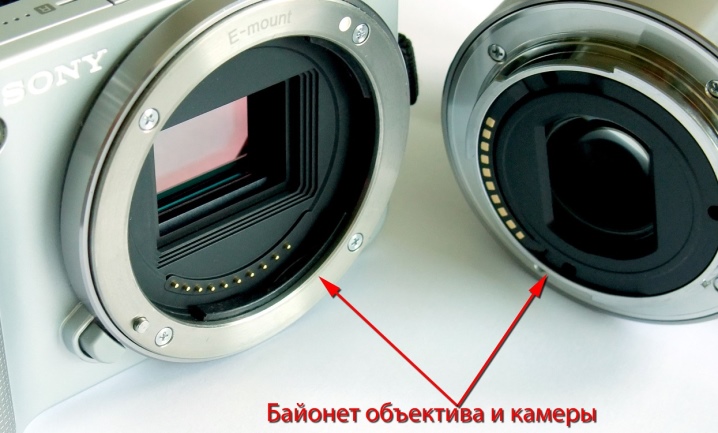
DOF
DOF, or depth of field, is the depth of field. Objects in this area look sharp enough. DOF is also one of the most significant indicators during shooting, thanks to which all attention is focused on the object.
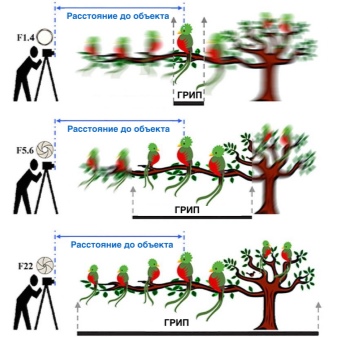

Tilt-Shift
Also pay attention to the Tilt-Shift effect. It creates the illusion of a small, toy-like appearance. The main part of the subject is blurred and the small scene is in focus. There are several ways to achieve this effect:
- shooting with a special Tilt-Shift lens;
- using shift - that is, the center of the lens is shifted relative to the center of the image;
- rotation - the area of sharper focus is shifted relative to the optical axis of the photo lens;
- Software are special programs for creating Tilt-Shift;
- Lensbaby is a flexible lens;
- Freelensing - in this system, to obtain the effect, the lens is simply removed from the camera;
- Photoshop is a special editor in which the effect is applied to an already finished photograph.


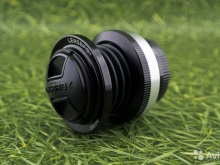
Focal length classification
Focal length is one of the most important parameters not only of the lens, but of the entire optical design. The captured image enters the photographic lens, where it is refracted and remains at one point - this is the focus or focusing point. The length from the focus to the lens system is the focal length. The focal length may differ - the smaller it is, the more objects will fit into the frame, and vice versa, the larger, the closer the lens will fix the image.
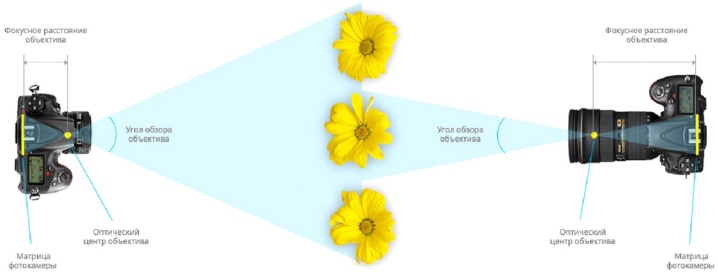
The term “back focal length” is commonly used because when shooting, it is important for the photographer to direct the rays from the scene to the camera. The direction of light from the camera to the object is characterized by the front focal length.
In relation to the focus to the frame diagonal, all lenses are divided into 3 main types - normal, long-focus, short-throw. There are also special lenses for a certain type of shooting - shift lens, soft lens, fisheye lens, lensbaby.
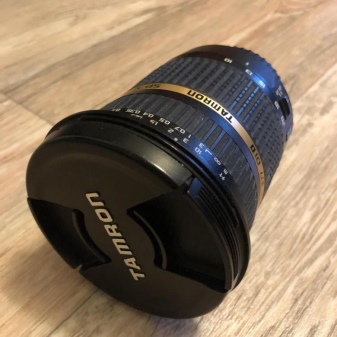
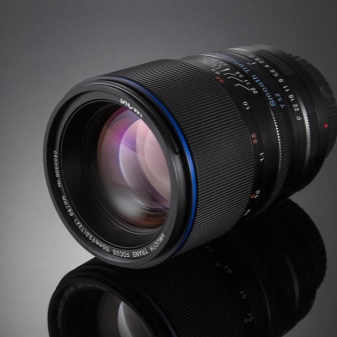
Wide angle
Wide-angle ("wide") is a photographic lens with a large view - from 60 °. Its focal length ranges from 24 to 35 millimeters. There is much less distortion here. This range is ideal for group photography, landscape photography, street photography, and confined spaces - the finished photograph has an interesting blurry background. One drawback is the high price.
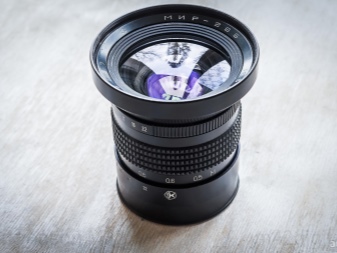
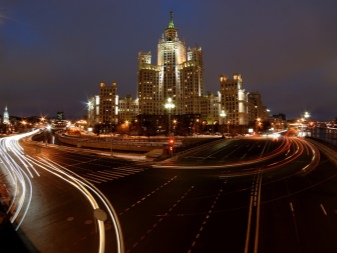
Normal
Lens with a focus of 35-85 mm. Use for full-body portraits and landscapes. However, with such a photo lens in portraits, distortion of the proportions of the face and head is possible.
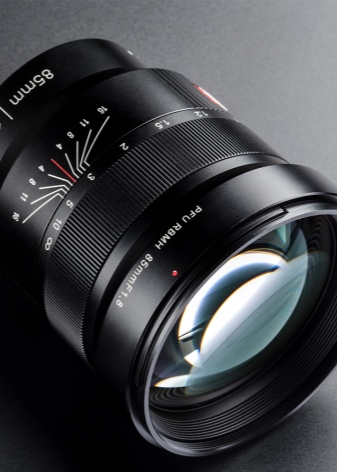

Macro lens
It is an optical device for taking pictures from a short distance. The focus ranges from 50 to 180 millimeters. The features of this type of lens are creating focus at a very small distance, creating a shallow depth of field in the imaged area, the finished photographs are distinguished by bright color and high sharpness. Typically used for close-up photography of small details such as insects, flowers, dew, snowflakes.
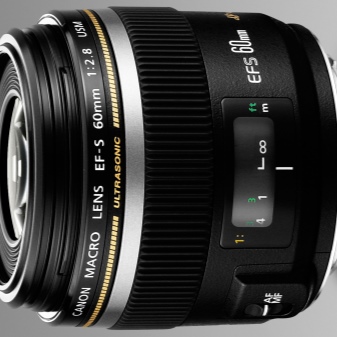

Long focus
A long-focus, or telephoto lens, is a device with a large focus - 70-300 millimeters, the visibility range is up to 40 °. Use for taking pictures at a very long distance from the subject, such as sporting events or wildlife.


Portrait
A portrait photo lens, or prime lens, has a fixed focus and is used for portraits. Its main features - during shooting, the focus distance does not change, high aperture, small depth of field, an interesting and beautiful blur is obtained in the finished photographs.


"Fish eye"
The circular fisheye is an optical device with 180 ° visibility and focus from 4.5 to 24 millimeters. It is used for shooting in confined spaces where you need to capture objects in the frame as much as possible.
Such lenses greatly distort the perspective, and the background is almost impossible to blur.
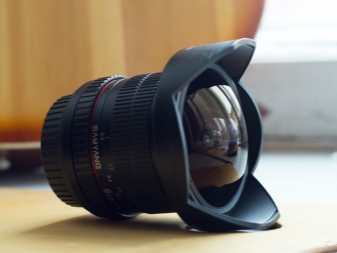
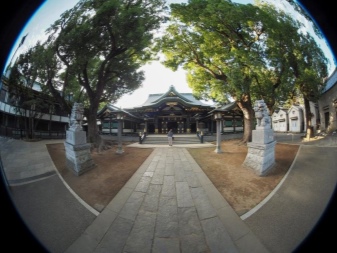
Comparison of the best models
Over time, old Russian cameras were replaced by modern improved models with many functions and improved quality. You can take great pictures even with an amateur camera, if the optics are selected correctly. Below is an overview of the lenses as rated by users. When choosing a model, you need to compare and take into account many factors - price (expensive and budget), rating of reviews, number of owners and rating of views.
Dear
- Nikon 200mm f / 2 - one of the best Nikon lenses. Its price is about 300,000 rubles. The main advantage is the aperture ratio.
- Canon EF 800mm f / 5.6L IS - the price is about 800,000 rubles, and the weight is 4.5 kilograms. Has an additional approximation, but the aperture is slightly limited.
- Leica Noctilux-M 50mm f / 0.95 - these optics are more suitable for collectors and connoisseurs of technology. The price of the lens varies from 500,000 to 800,000 rubles. Like the previous models, it has a high aperture ratio.
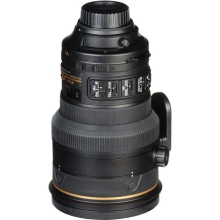
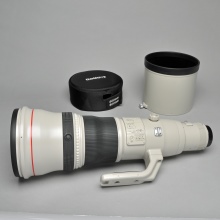
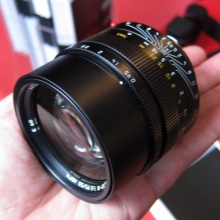
Budget
- Canon EF 50mm f / 1.8 II - a classic inexpensive model for Canon cameras. Ideal for portraits, but not very convenient for constant use on crop cameras due to the small angle of view.
- Lensbaby Spark - this model will not be to everyone's liking, as it is very different from modern photographic lenses. The design is in the form of a flexible tube with one glass lens. To change focus, you need to move the lens yourself.
- Nikon AF-S 35mm f / 1.8G - ideal for Nikon crop cameras, compatible with all models of the company's cameras.

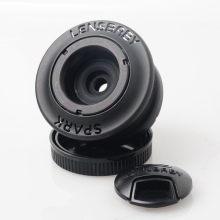

Which to choose?
Many photographers believe that the quality of the picture depends on the camera. Very often, the issue of choosing a lens is ignored, and all efforts are spent on choosing a camera.
Not every DSLR lens is suitable for a particular camera. So, for example, in terms of their parameters, Canon parts are not suitable for Nikon, and vice versa. Lenses from old Soviet film cameras are also not suitable for shooting with modern equipment.
It's all about the different lens and camera connection systems. Most electronic devices work in conjunction with a camera and optics.
When choosing a lens, especially for novice photographers, it is worth paying special attention to the compatibility of these designs.
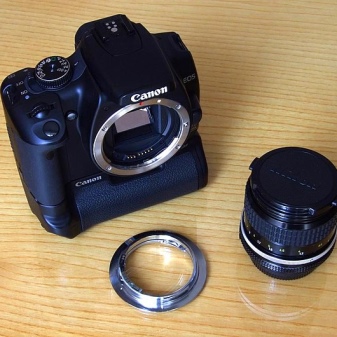
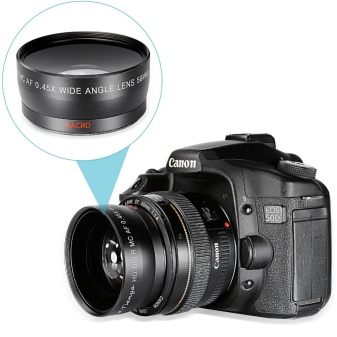
Often, when selling DSLRs, camera manufacturers include a lens in the kit. Usually there is a discount for such a bonus. On the one hand, this is a big plus - saving money, the ability to experiment with tricks. But on the other hand, such optics are universal and have an average quality, as a result, the finished images may not meet expectations.
For In order for the photographer to have the opportunity to try themselves in different genres of shooting, it is recommended to choose a universal photo lens with a classic zoom. The focus of such optics is 24-70 millimeters. If funds allow, you can purchase a 28-105 mm zoom, with it you can expand your capabilities. It is also desirable to have a fixed lens with a focus of 50 millimeters - it is ideal for portraits.
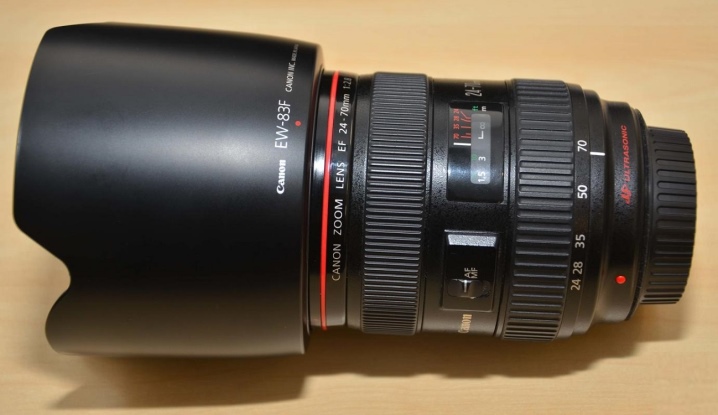
Usage Tips
In order for the lens and camera to work without any malfunctions, you need to clean the contacts on the mounts of the equipment - isopropyl alcohol is suitable for this. Do not forget about the optical component of the photo lens - the glass must be wiped with a microfiber cloth.
- Lighting. Working with light can make your shots even sharper, but adding a flash to the light can make the finished work even better. The flash always gives extra light and makes the photo more detailed. It also “freezes” motion, which makes the image sharper.
- Filters. In the past, photographers used UV filters to protect the lens and reduce the sun's radiation. Such protection is not needed for modern equipment, but filters are still used to prevent scratches or other damage to the optical system. It is believed that UV filters do not affect the quality of the picture in the best way. But this is possible only with the cheapest element, a high-quality filter will not make the photo worse.
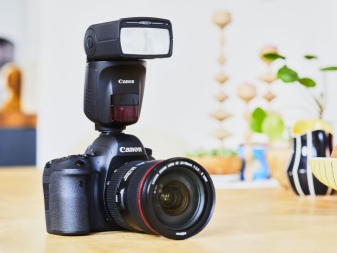
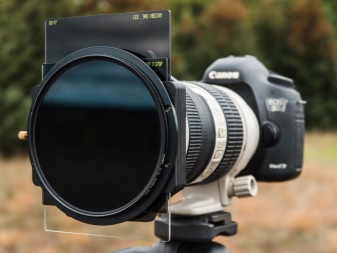
For information on how to choose a lens for your camera, see the next video.













The comment was sent successfully.